50/1.4 Planar
Meets or beats any other 50/1.4 at f/1.4 and f/2, and very sharp and contrasty by f/2.8. Stopping down to f/4 – f/8 results in outstanding image quality with exceptionally natural-looking results. Lightweight and compact, though the 50/2 Makro-Planar offers greater versatility and lower distortion. Close-up image quality declines somewhat, but it is outstanding at further distances. The ZF 50/1.4 offers what some will call ugly bokeh at f/1.4 (gone by f/2), but it’s also lively, and this author has made many very pleasing images at f/1.4 with it.
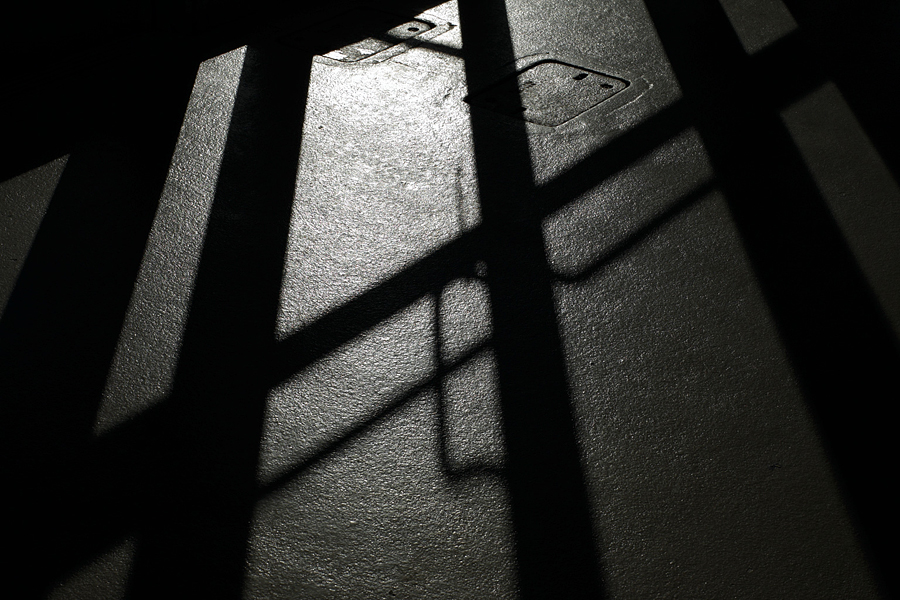
Retaining extreme shadow and highlight detail is one strength of ZF lenses. The 50/1.4 Planar does so effortlessly here, with superb contrast and color rendition.
50/2 Makro-Planar
Exceptional image quality wide open, only the extreme corners on full-frame cameras might require stopping down. A versatile performer from close-up to infinity. Significantly bulkier and heavier than the 50/1.4 Planar, it nonetheless might be a better fit for larger cameras, offering tremendous flexibility and outstanding image quality from close up to infinity. A great choice for a standard lens on full frame. The deeply-recessed front element doesn’t really require a lens shade.
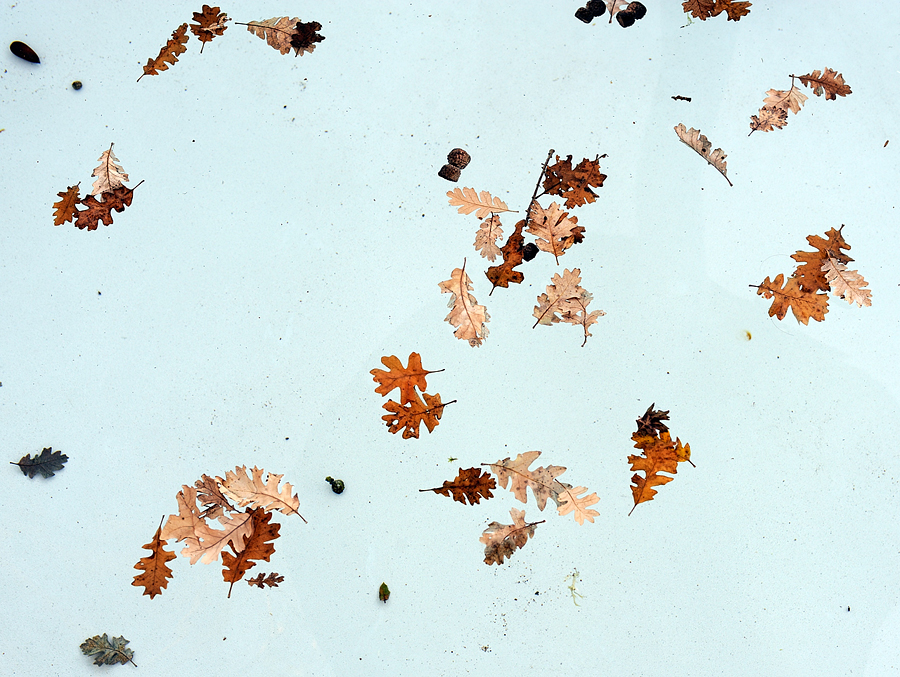
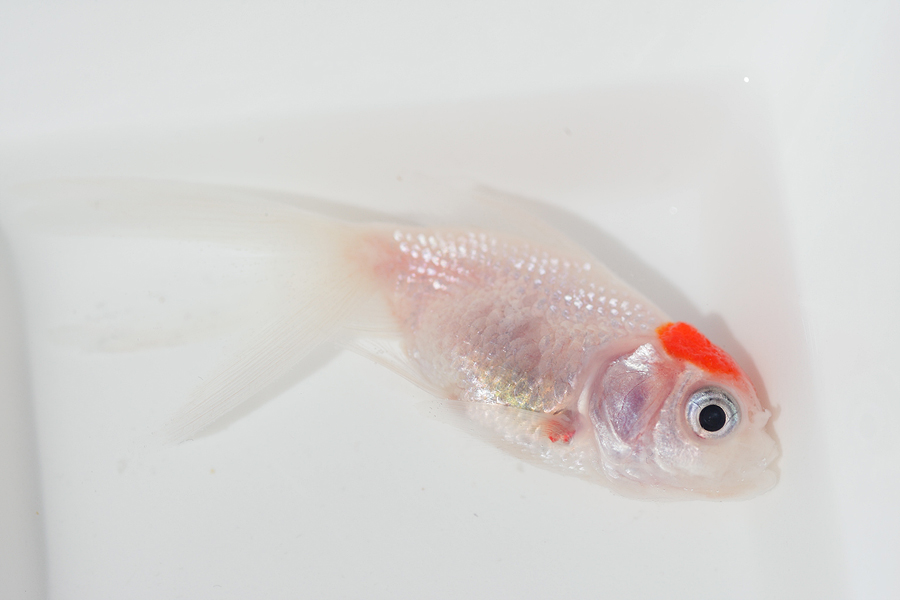
Holding fine detail in highlights without “blowing out” detail is handled with aplomb by ZF lenses. (No fish were harmed in the making of this photo!)
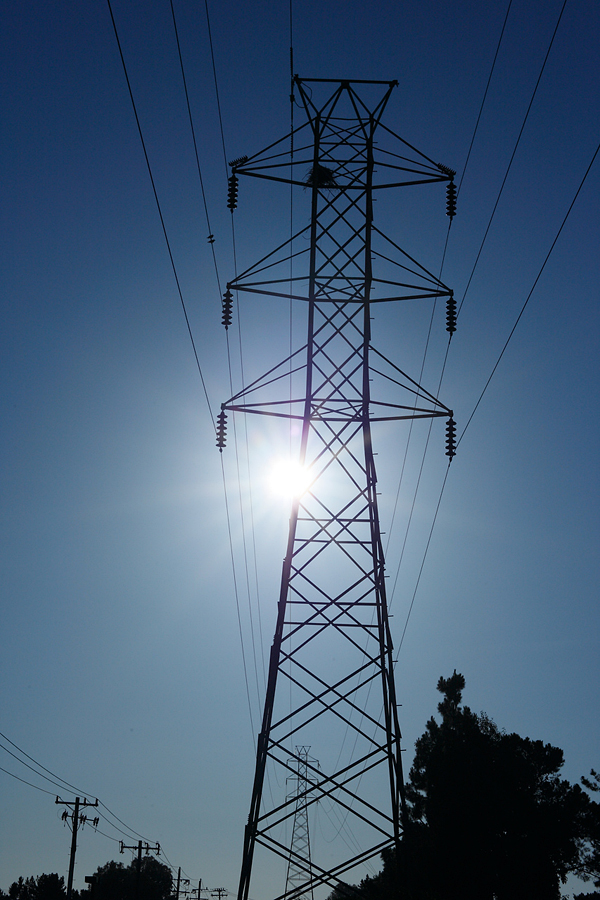
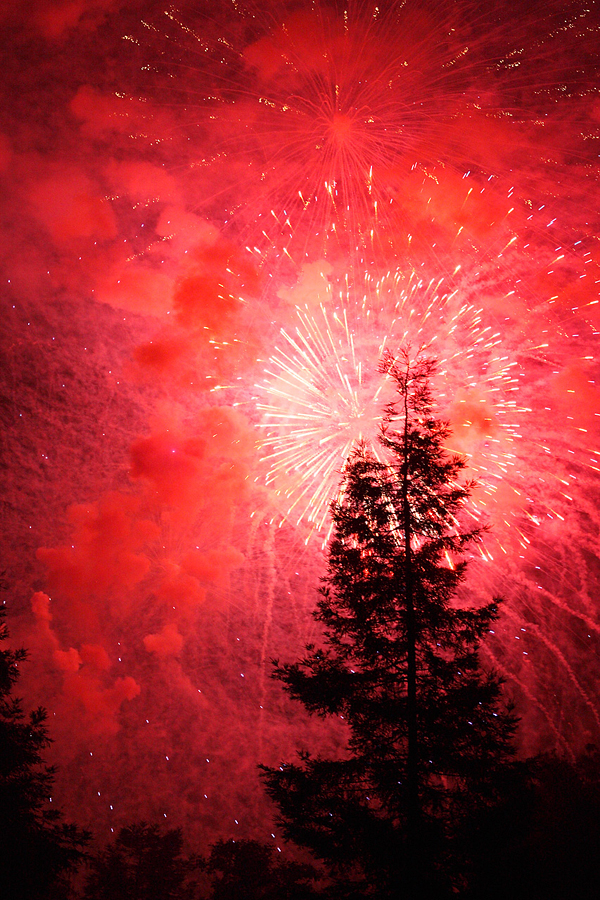
Flare control of all ZF lenses is unrivaled. Highlight and shadow differentiation of fine details also eclipses most other lenses.
85/1.4 Planar
Outstanding images result from f/2 – f/8, and at f/1.4 careful focus results in amazingly sharp images, albeit with the “halo” typical of all f/1.4 lenses. By f/2.8, contrast is outstanding, with superb flare control. Not optimized for close-up shooting however. Moderate in size and relatively heavy, but great balance and ergonomics on larger cameras. Not so great for fast-moving children—use an autofocus lens!
Bokeh with the 85/1.4 Planar is beautiful, and wide open through f/2 it offers a unique embossed look that is quite different from other lenses. This can yield a lively feel to an image, giving it a depth and richness lost with lenses that simply flatten and blur the background.
100/2 Makro-Planar
The 100/2 Makro Planar with Arri optics is a world-class must-have lens offering bitingly sharp images wide open across the entire frame, with exceptionally beautiful background blur. The f/2 maximum aperture is unique among macro lenses, and the way in which the sharpness-to-blur gradient changes has to be seen to be understood. This lens is a classic. Outstanding flare control and color rendition.
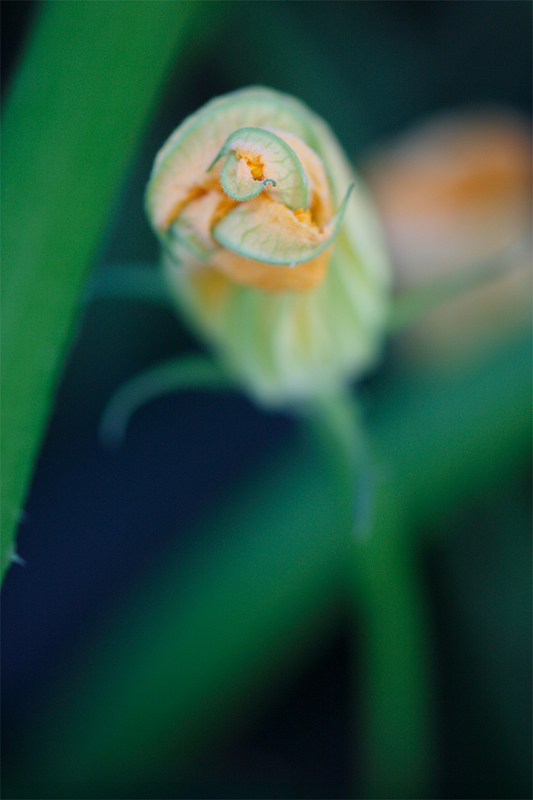
Bokeh is beautiful wide open with the 100/2 Makro-Planar
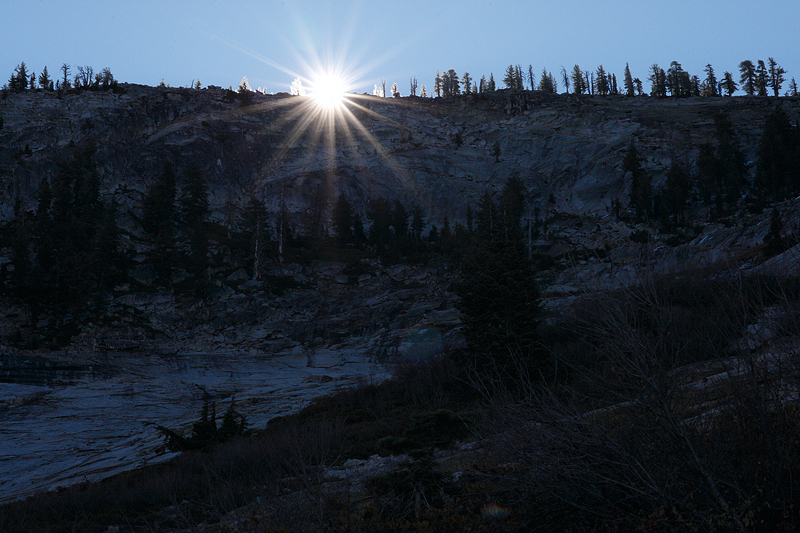
100/2 Makro-Planar: shooting directly into the sun, the finest pixel-level detail is held right up to the edges of the solar disk with high contrast.
(continued…)



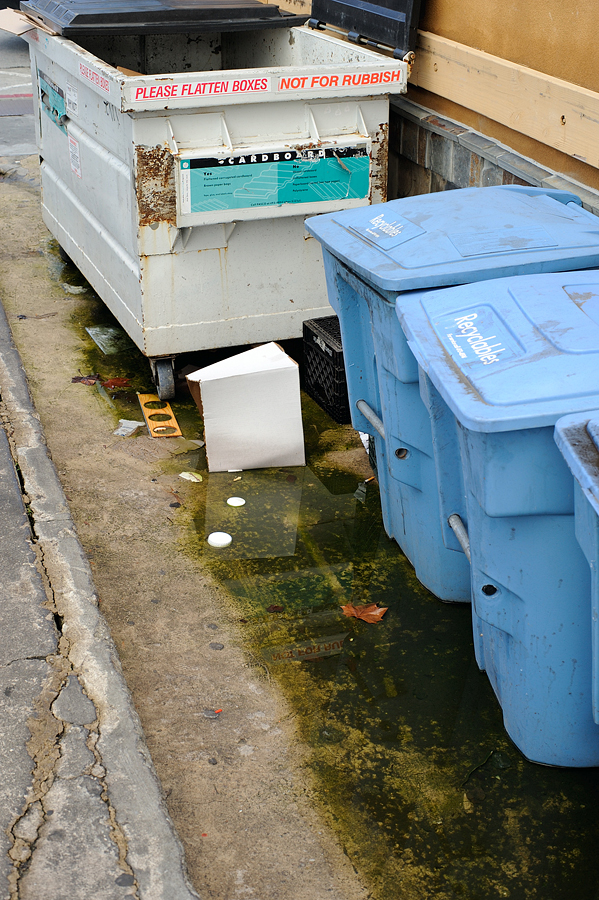
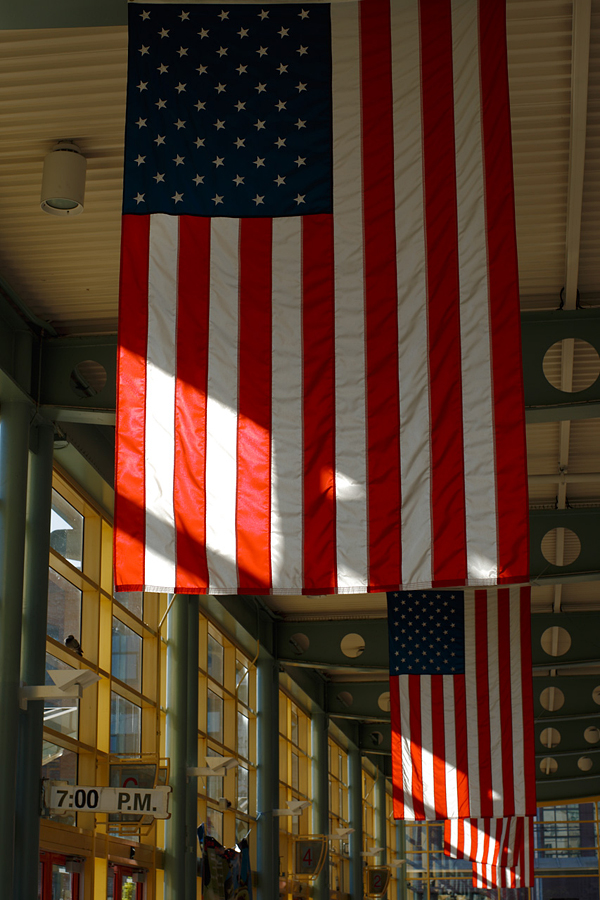


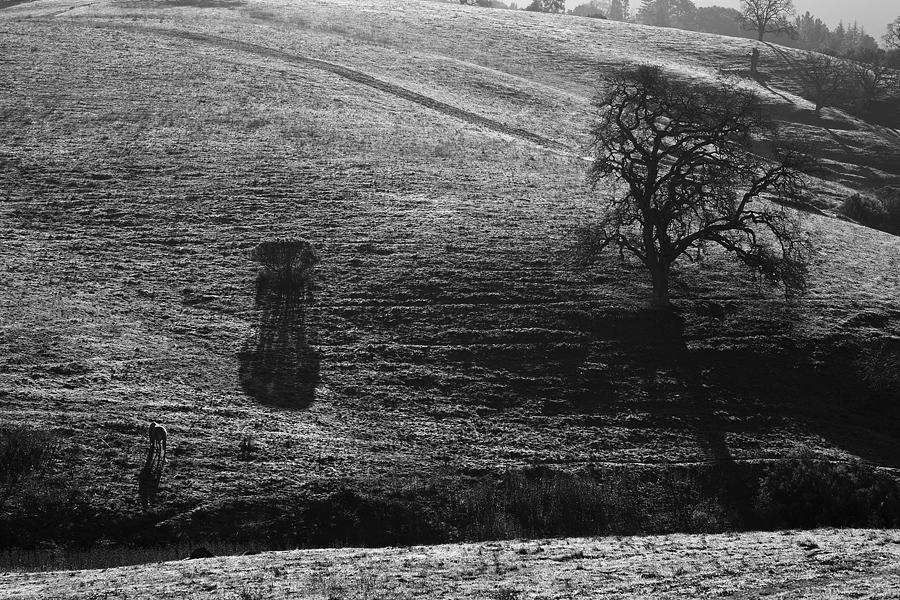

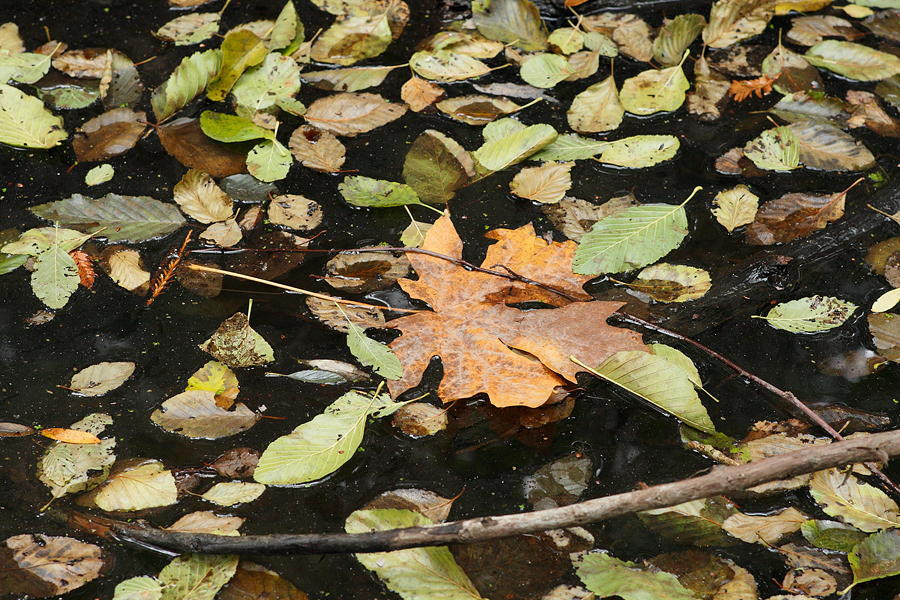

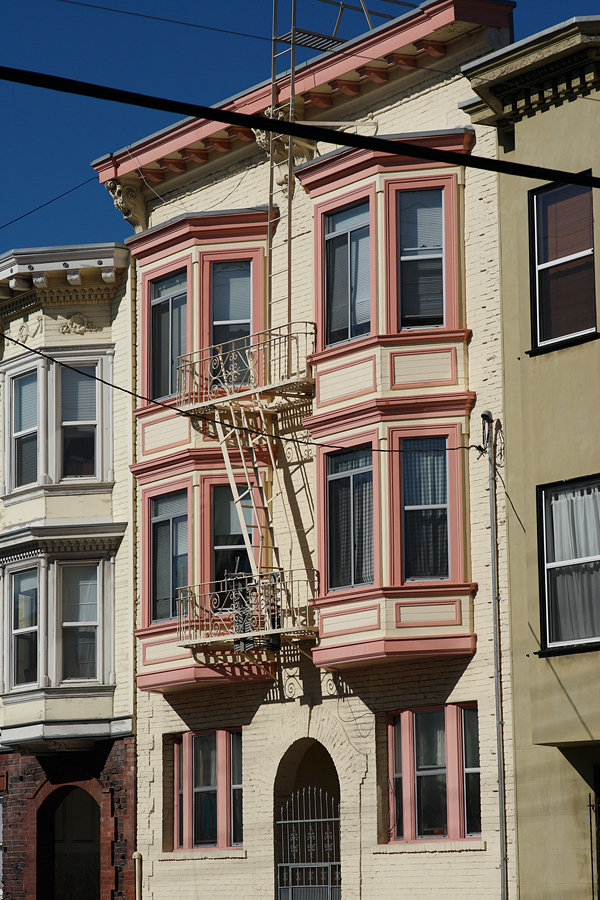
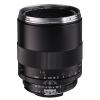
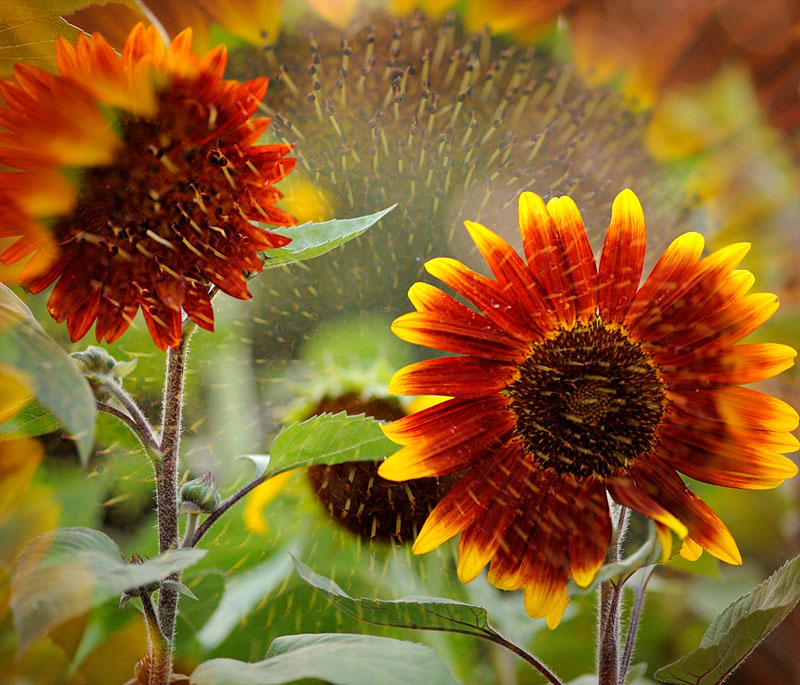
pic4c.com – photos by Sony Alpha and Zeiss lens, Hong Kong, Ho Chi Minh (Saigon)
Fantastic image samples…Quite impressive workmanship,performance. I must start saving…
Stunning examples- even at these small sizes, I can see the exquisite contrast and multi-layered bokeh. Also, regarding flare-resistance, I have never seen anything like it. I wonder about these, yet also whether Sony has the same quality in an auto-focus and image-stablised line, offering ‘the best of the old with the best of the new’. Well, I can barely afford one of these lenses now, let alone a second system. Only time will tell, ‘sigh’.
Carl Zeiss-the Best from best.
Seems the line up comments are consistent with my experience of Zeiss glass used on Contax cameras (both SLR and G series). Even the small nuances, like 85/1.4 not suitable for close up.Hopefully one day when my old Contax equipment dies Zeiss lenses will still be available on modern SLRs!
Thank you for this wonderful review of the Zeiss lenses.
I am a Nikon user, looking for a perfect Fine Art combination.
As an industrial photographer for many years, I have had a Leica M-6 system, and a few Hasselblads, and thrilled with the quality. I have always liked my Nikon, but it was not in the same league as the other two.
Because of the cost of the New Leica M-9 and lenses, I feel Hasselblad should concentrate on the fine artist, instead of trying to compete with 35mm DSLR which I think they are failing.
I am looking for a camera system that might be affordable (some what) with superb quality. I am leaning towards a Nikon D-700x, and 3 Zeiss lenses. (18, 35, & 100). I mostly shoot on a tripod, and check my focus and composition several times before firing the camera.
For these reasons, I prefer manual focus lenses, but heard that Zeiss is now built in Japan and not the same quality as my German Hasselblad lenses.
That is why I feel your review on these products is so helpful to me,
Thanks,
Eric, (the Photomaker)
do ZEISS ZK-mount lenses come with electronic interfaces , thereby allowing it to actuate the focus confirmation mechanism of Pentax cameras ?
thank you !
“The f/2 maximum aperture is unique among macro lenses”
Not quite, the Olympus Zuiko 90mm f2 did it years ago and still does. You are correct only in that it isn’t in production, but as such a wonderful (and my favourite) lens it shouldn’t be forgotten. A new classic doesn’t negate an older one.
There was/is a Zuiko 50 mm f2 as well, of course.
It pays to remember that there are more camera brands than Canon and Nikon.
Don’t forget all Zeiss lenses had the past in Dresden, where the CZJ Lenses was made with superb quality and
somtimes not so goodmaterial as it was not available under comunist regiem but the glasses are today still wonderful.
and remenber CZJ Lenses was the Mother of all Nikon and Canon “replicas”.
For my Canon I use Pentacon PB lenses 1.8/50. 1.8/80 and 2.8/135, all are quit good performers.
for the Nikon F100 I use Pentacon 2.8/120 and 2.8/180mm both are great Lenses.
i just started working with the ze 100/2 Makro and the 50/1,4 Planar….
it feels great!! and the pictures look great … u got to have at least the EG-S Screen…but then… everything is working great!
I have never used any carl zeiss lens. But from what i have seen, seems to be a good lens.
Amazing! Just when I thought I had completed a satisfactory collection of older manual focus Zeiss Jena and Nikon lenses along comes Zeiss ZF for Nikon and your stunning examples. Back to square one!
I am still confused about why Zeiss do not manufacture their lenses in Germany? Why Japan where mass production and a different manufacturing philospohy prevails than in Germany which IS the world’s best.
I am looking for a portrait 85 mm lens, possibly with larger aperture. I understand that Zeiss has a Planar T 85/1.4 but I am confused why it is not manufactured and packaged in Germany??? If there are some of these made in Germany also, please inform me via email and I will go out of the way to purchase it.
Thank you,
Usman.
For cost reasons. If it was made in Germany, they will probably cost $5000 instead of $2000. While you may go out of your way to buy regardless, most people probably won’t. Hence the strategy to make it in Japan.